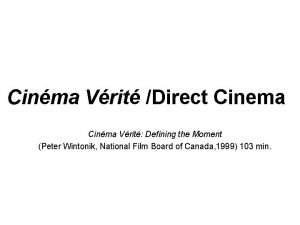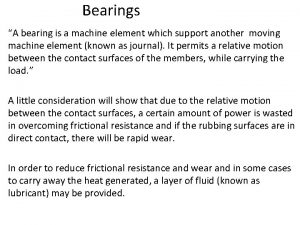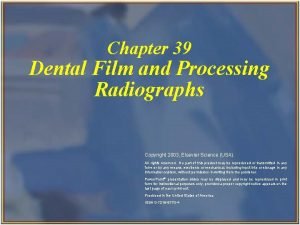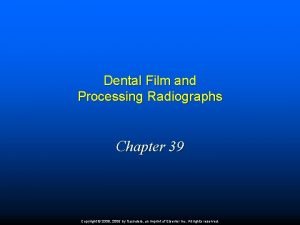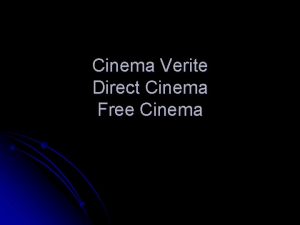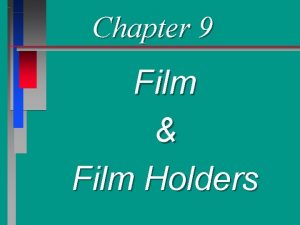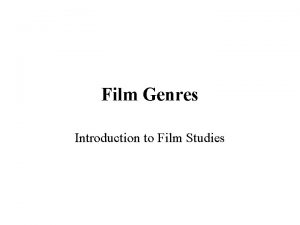Chapter Five Direct Cinema Direct Cinema The film








- Slides: 8

Chapter Five Direct Cinema

Direct Cinema The film movement is result of two major factors: — the desire for a new cinematic realism (objective truthfulness) — In the late 1960 s and the 1970 s, the development of lightweight, hand-held cameras with synchronized sound offered film-makers greater freedom of movement

Drew Associates Robert Drew — Members considered themselves neutral observers who merely recorded ongoing events and had no point of view. — Group creation - a small size film crew

Richard Leacock (1921 -2011) Primary (1960)

Dogmas — no voice-over commentary, no supplementary music or sound effects, no inter-titles, no historical reenactments, no scene arrangement, no interview. — to observe lived experience spontaneously and to capture real life without intruding — giving a sense of the duration of actual events — the filmmaker appear to be invisible and non-participatory on the scene

The Characteristics of Observational Mode A fly-on-the-wall style of camera movement; Zoom lenses and hand-held camera following the action; Editing which gives the impression of “lived” or “real” time; Speech which is overheard and not directed to camera or audience (masked interviews); Synchronous sound; Only actual sound on location.

(1970) (1969) (1976) David Maysles (1933 -) & Albert Maysles (1926 -1987 )

The comparison Cinéma Vérité (France) Direct Cinema (U. S. ) camera provokes subject: reality produced in the making of the film committed to a paradox: that articifical circumstances could bring hidden truth to the surface. The documentarist espouses that of provocateur. The documentarist as an avowed participant The documentarist tried to precipitate a crisis Cinéma vérité can involve stylized set-ups and the interaction between the filmmaker and the subject, even to the point of provocation passive camera: no provocation reality pre-exists & must be respected finding its truth in events available to the camera. The documentarist plays the role of uninvolved bystander The documentarist aspires to invisibility The documentarist takes his camera to a situation of tension and waited hopefully a crisis Direct Cinema is largely concerned with the recording of events in which the subject and audience become unaware of the camera's presence.
